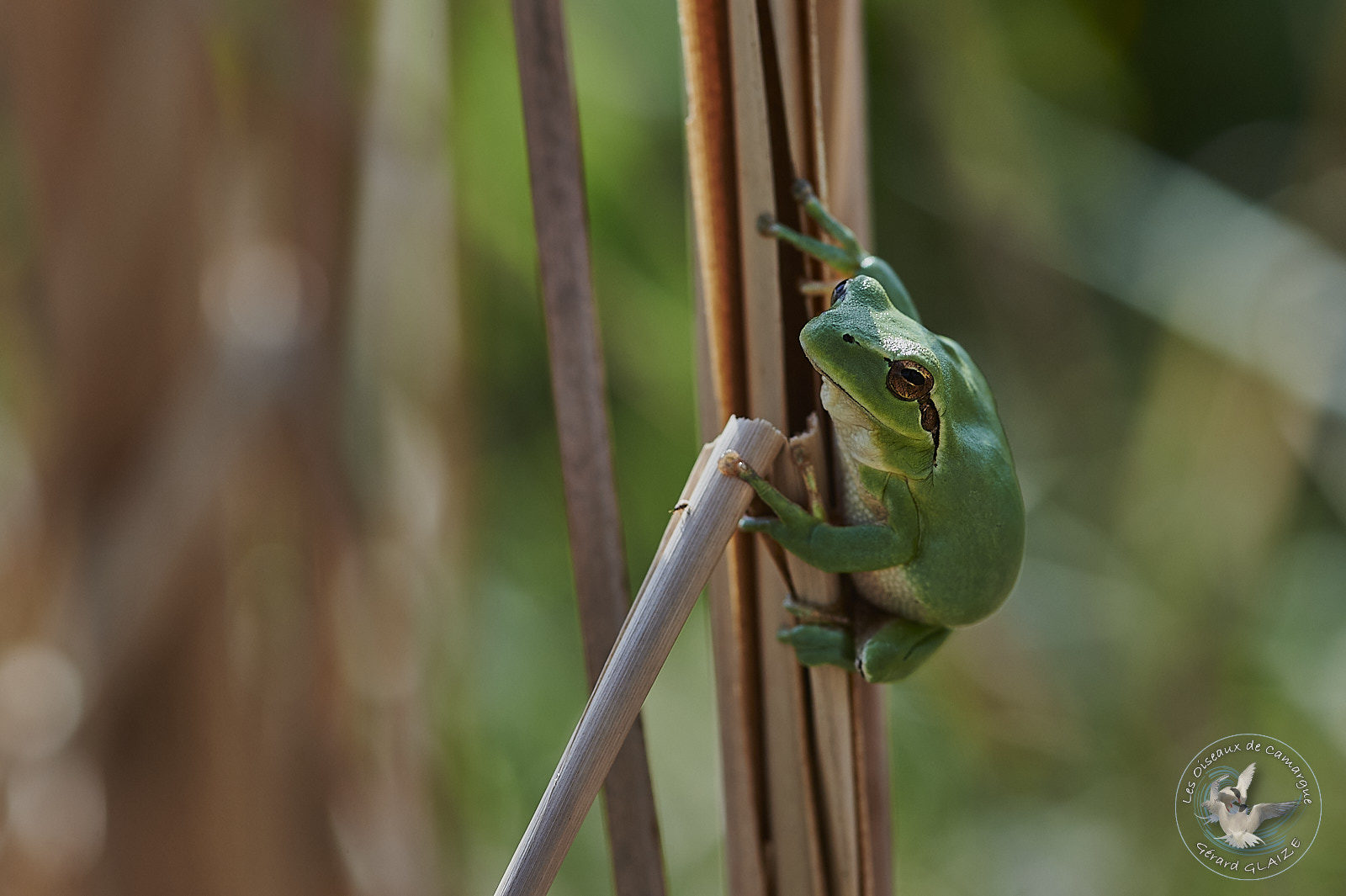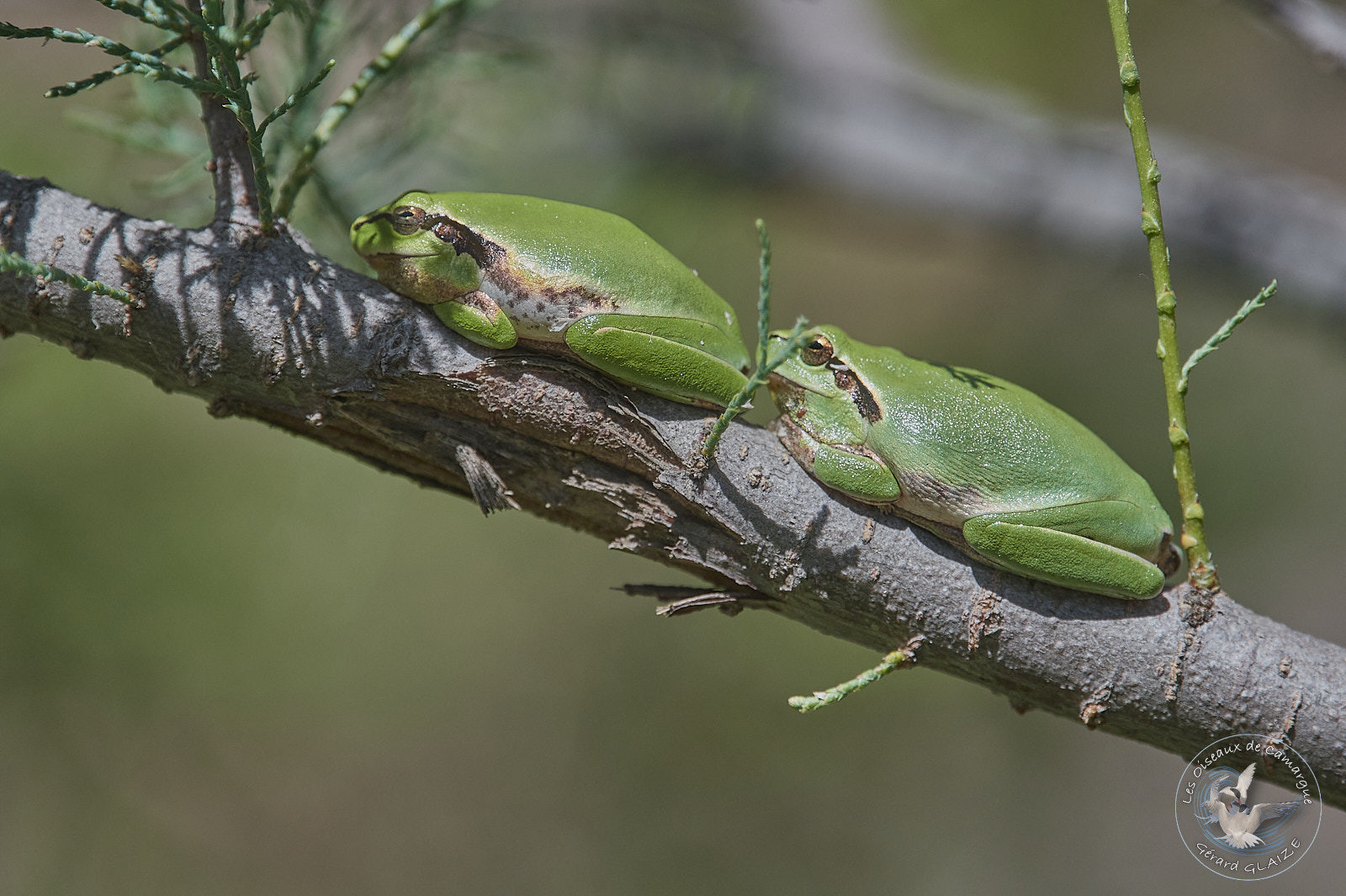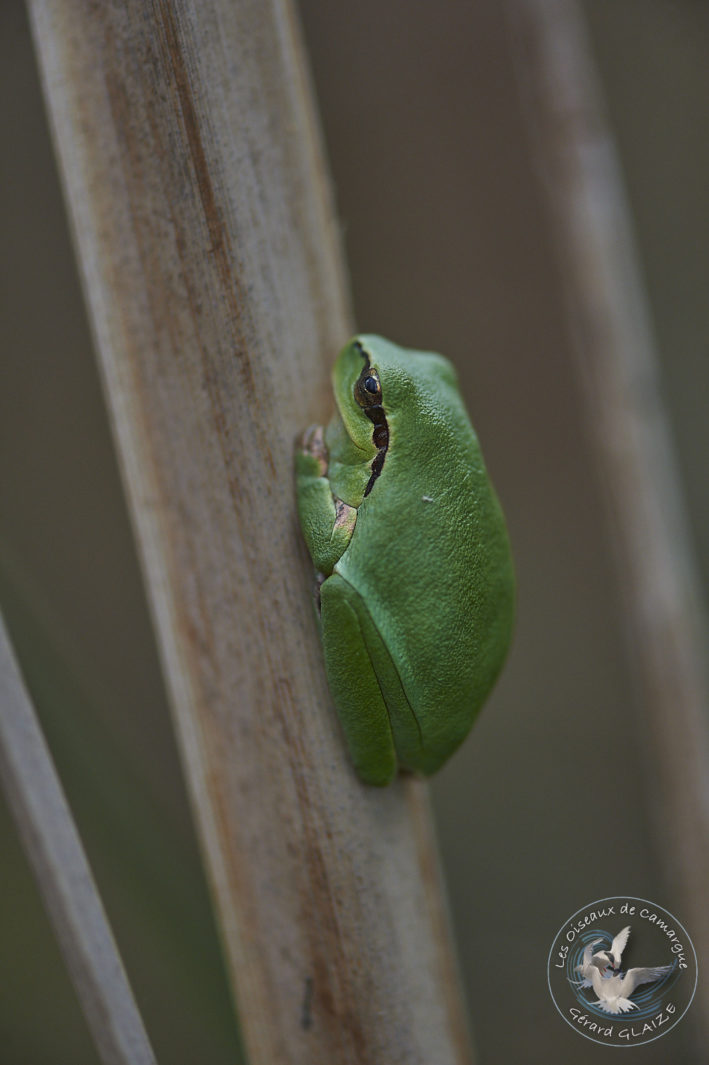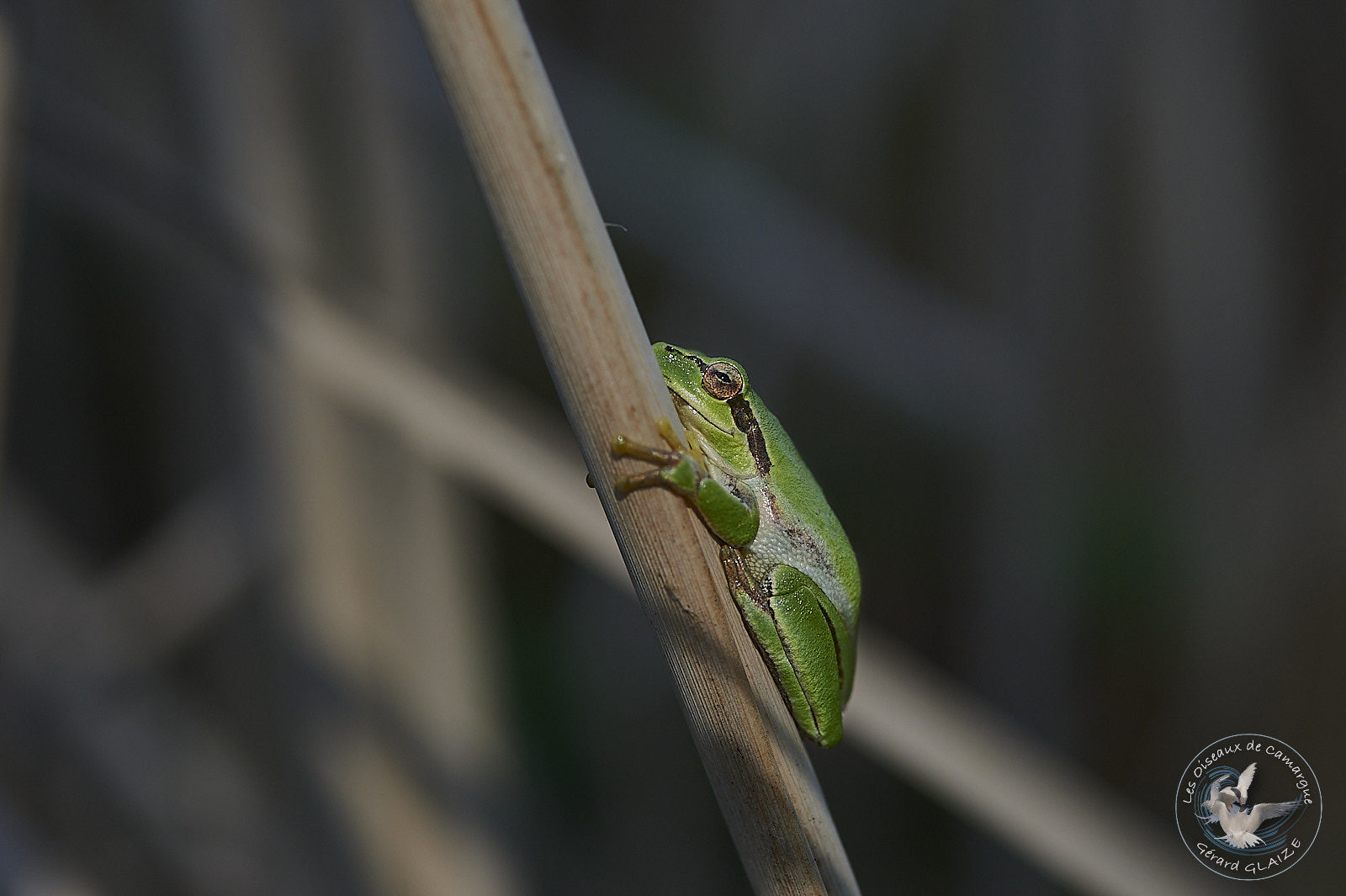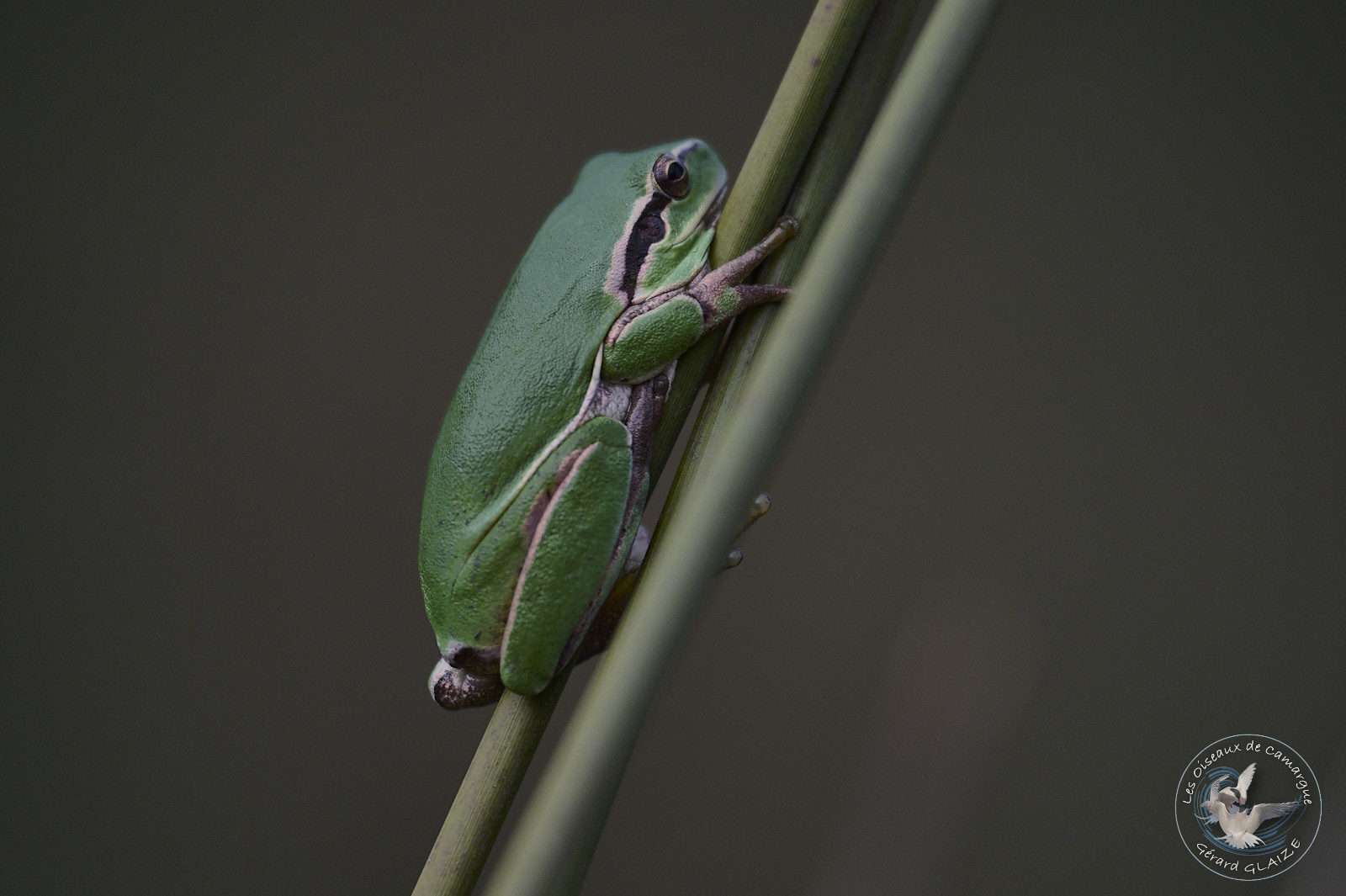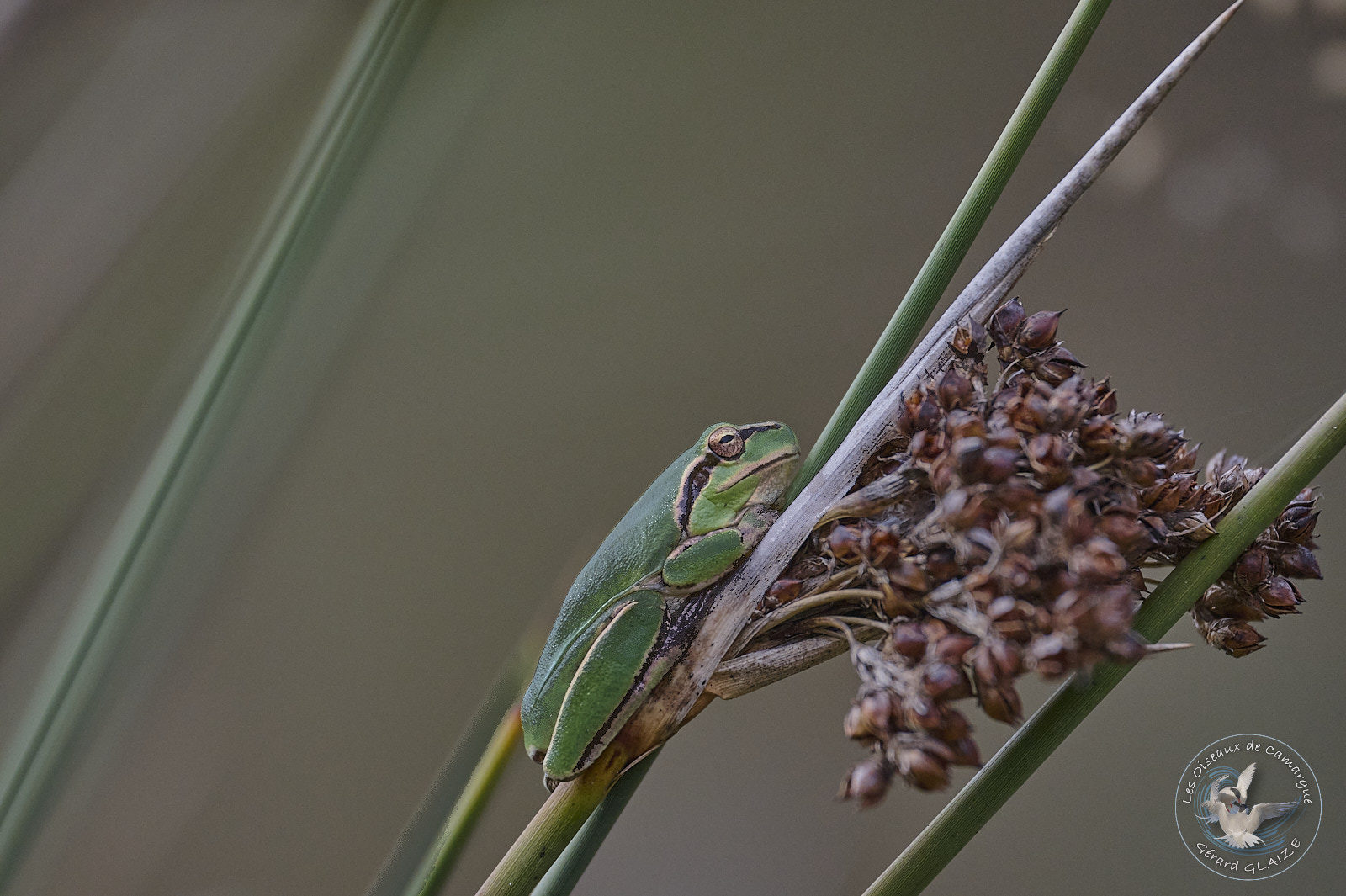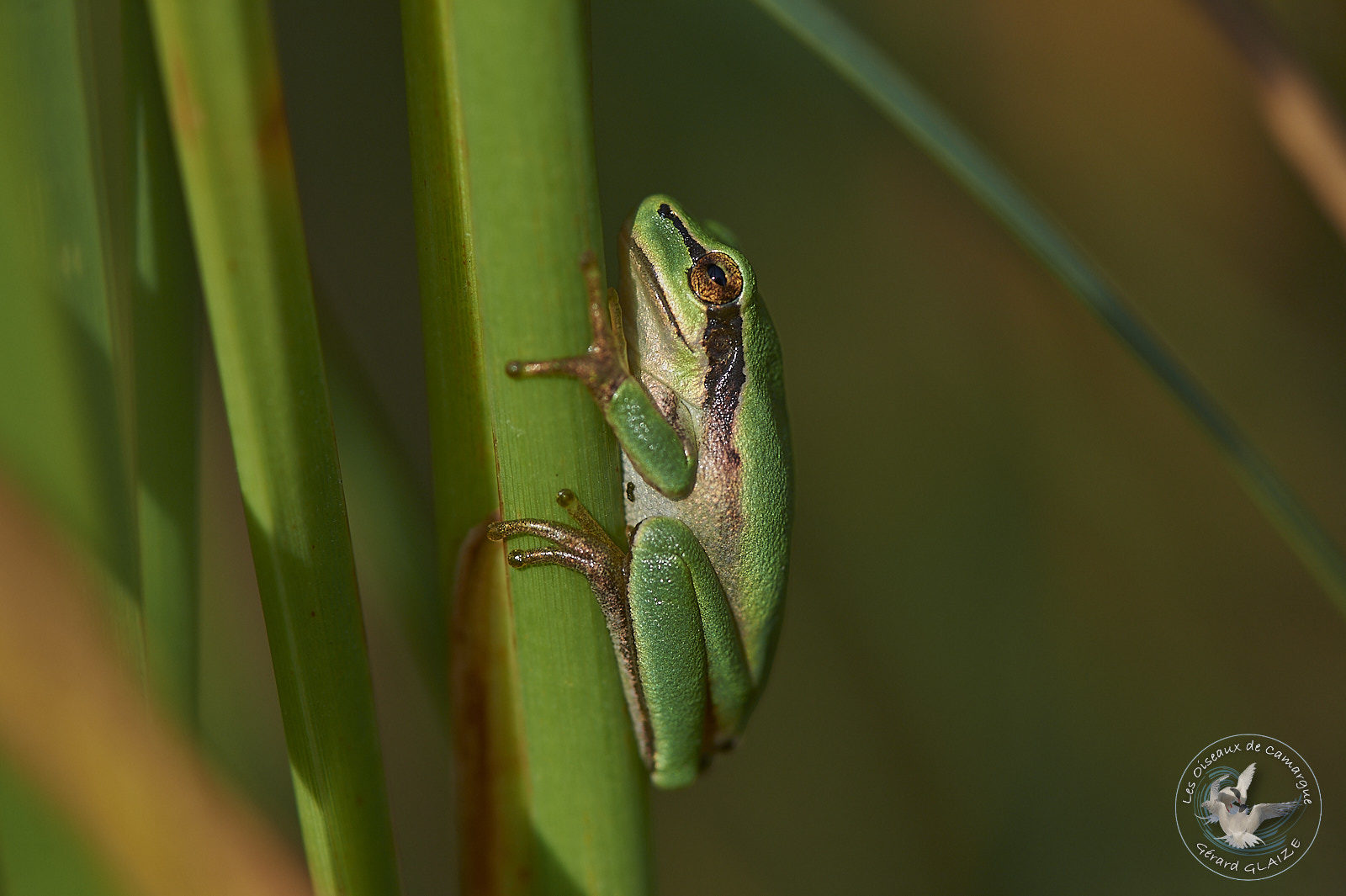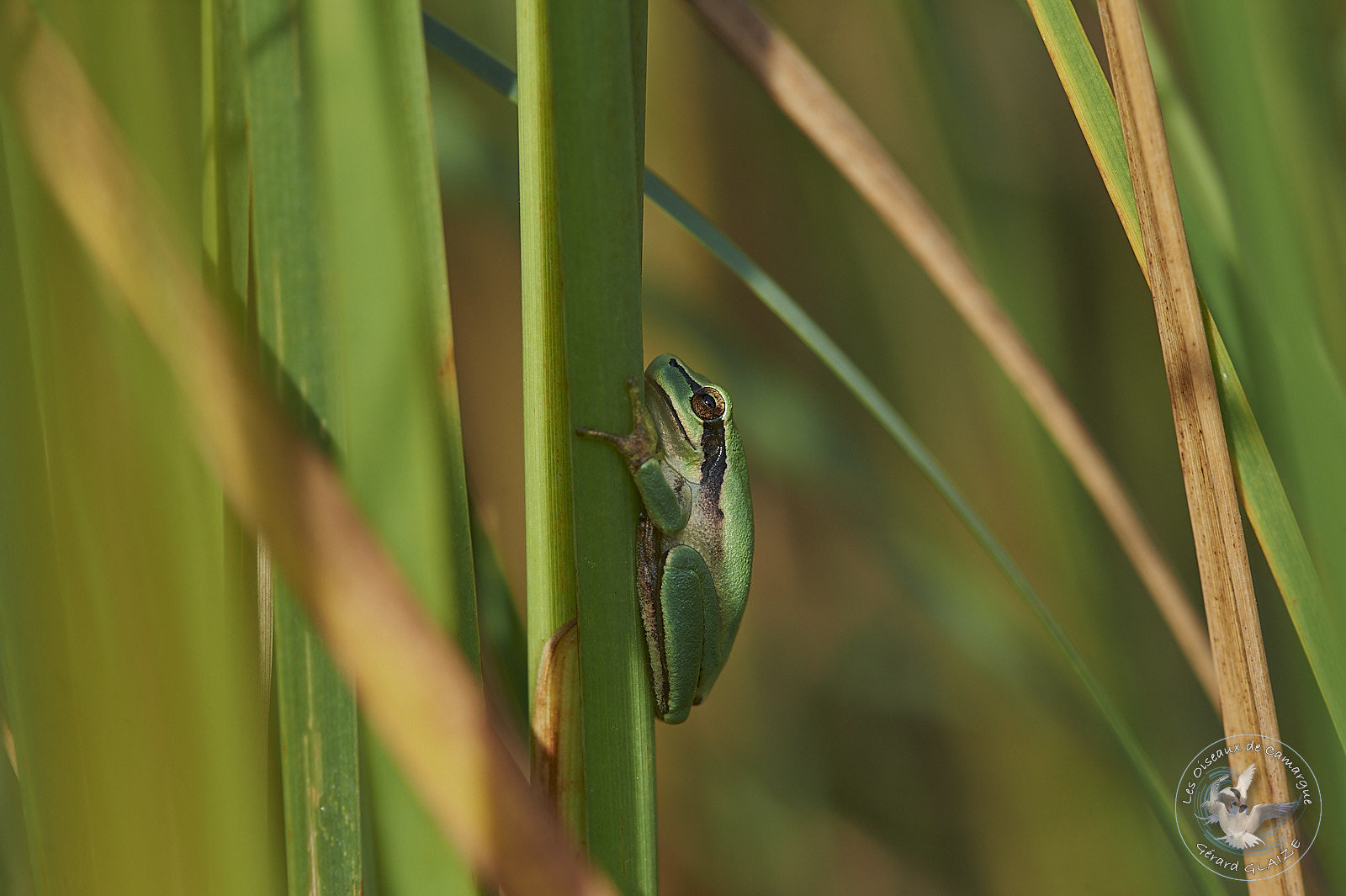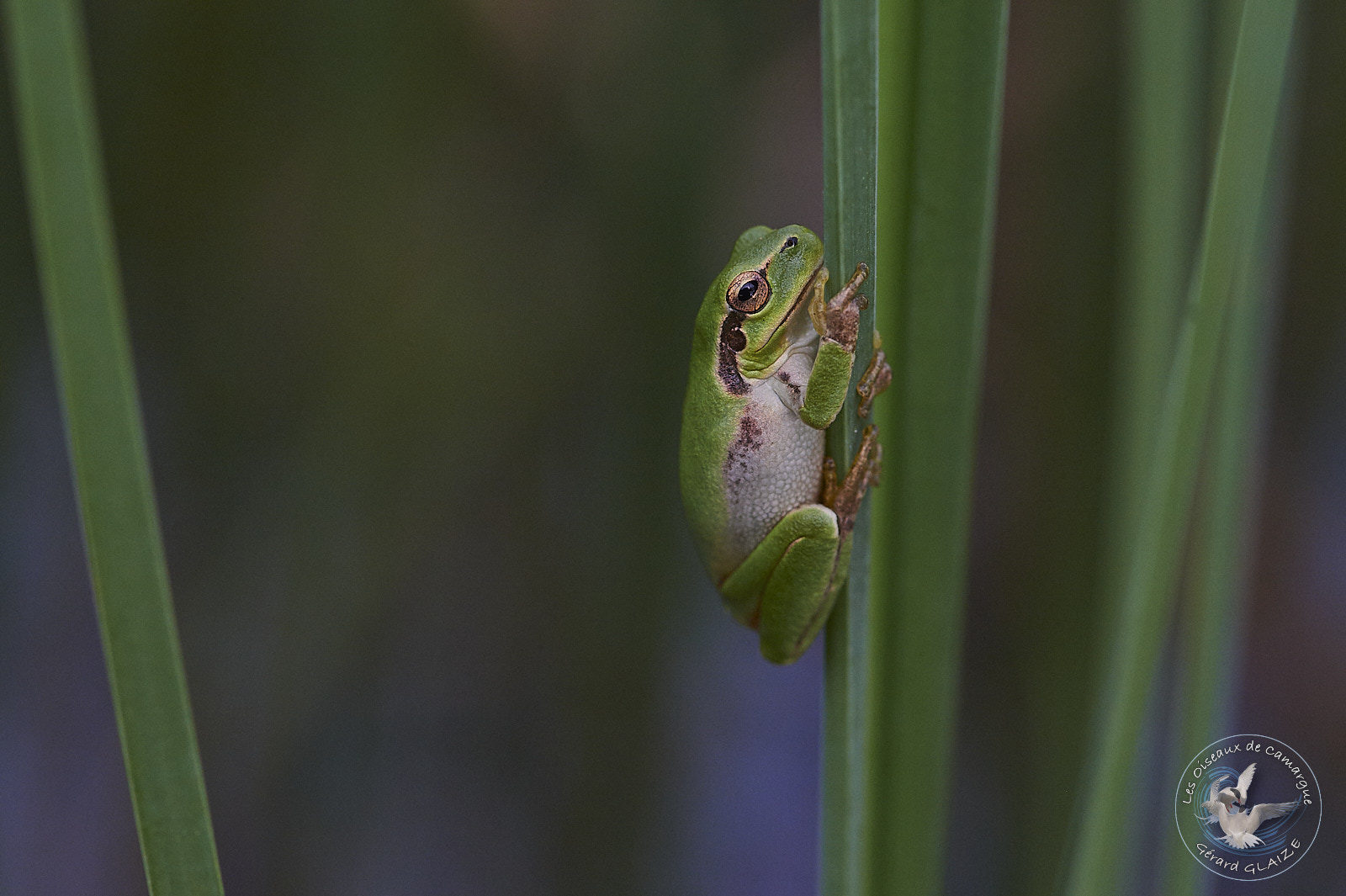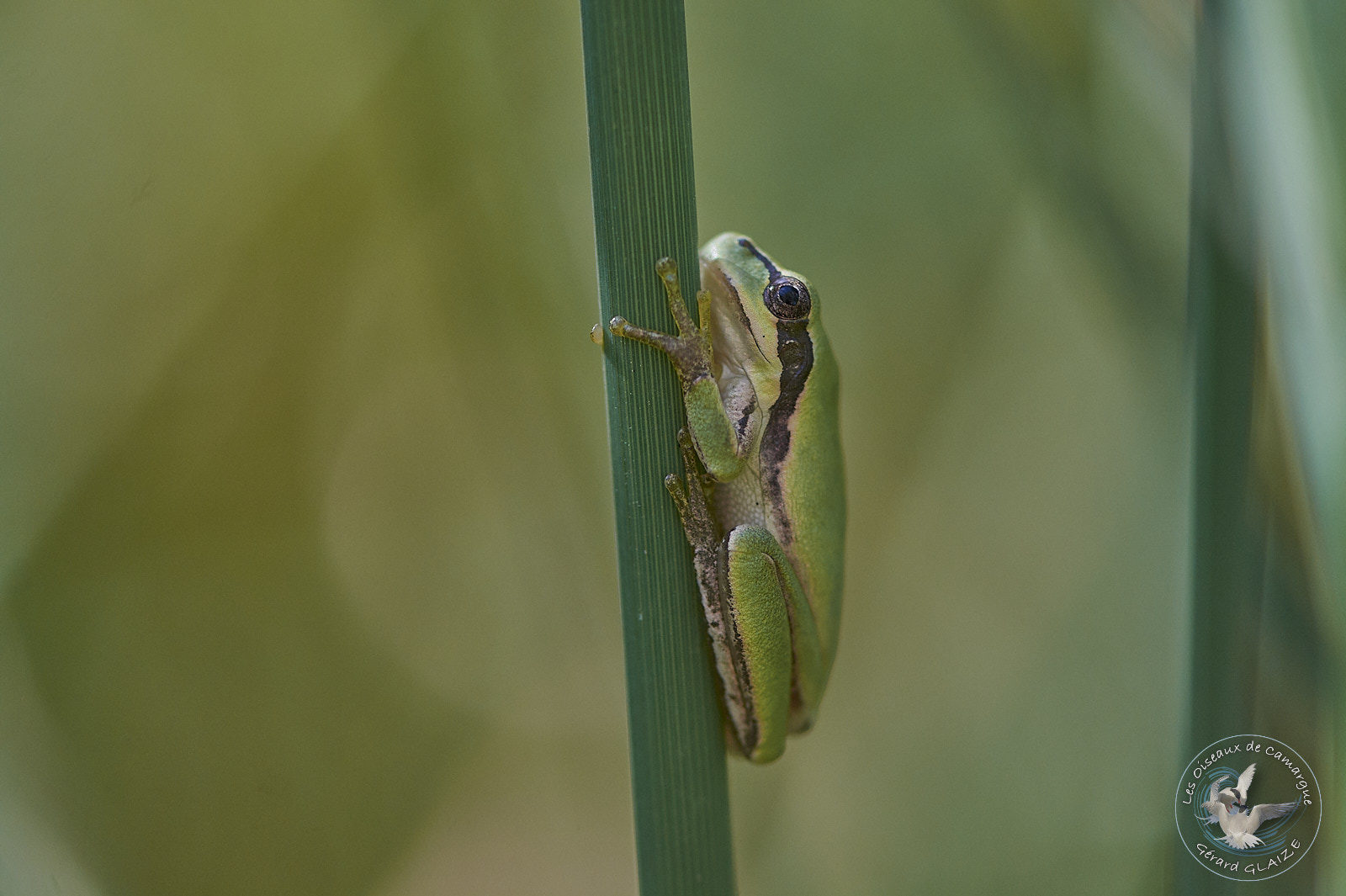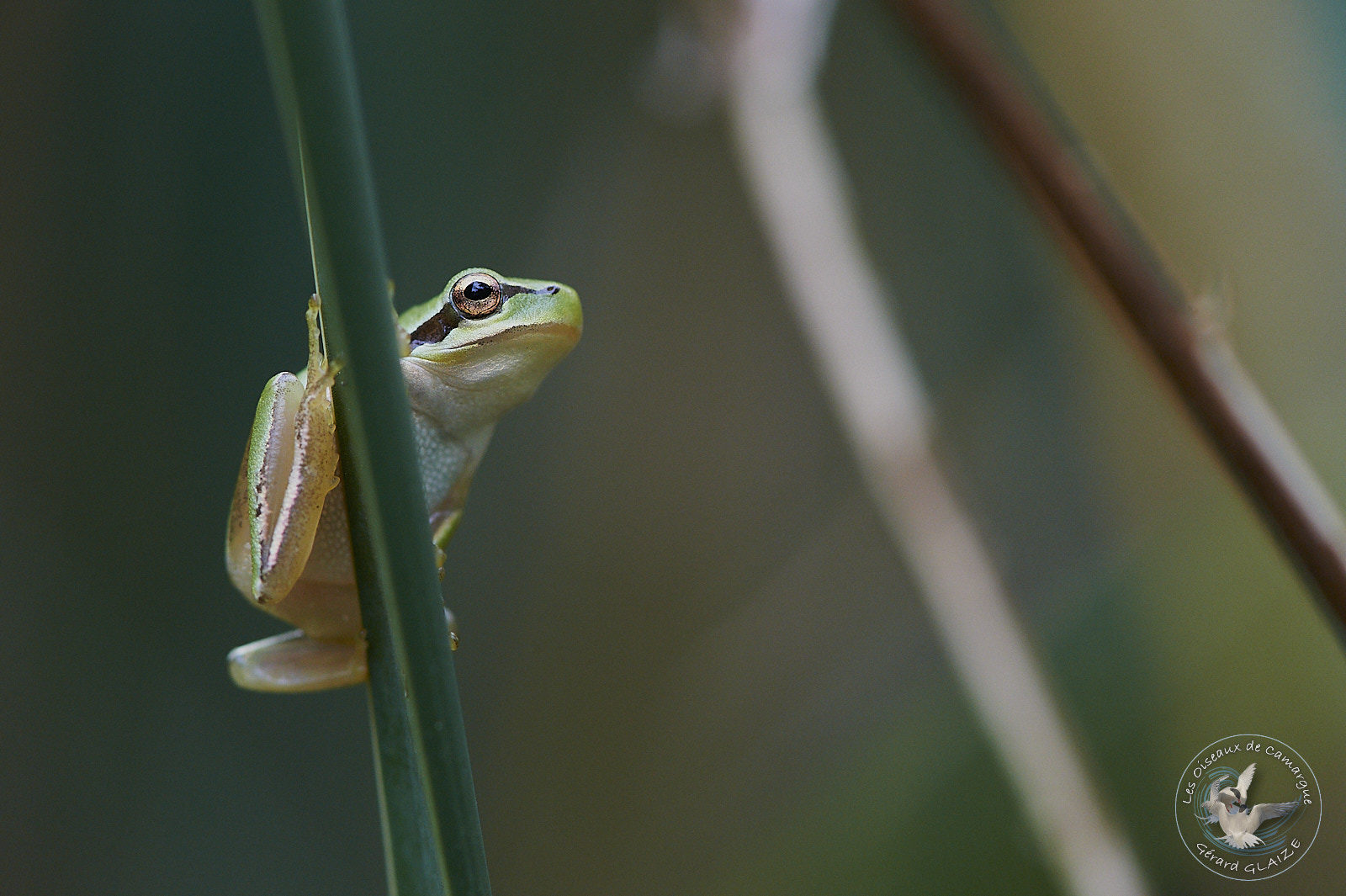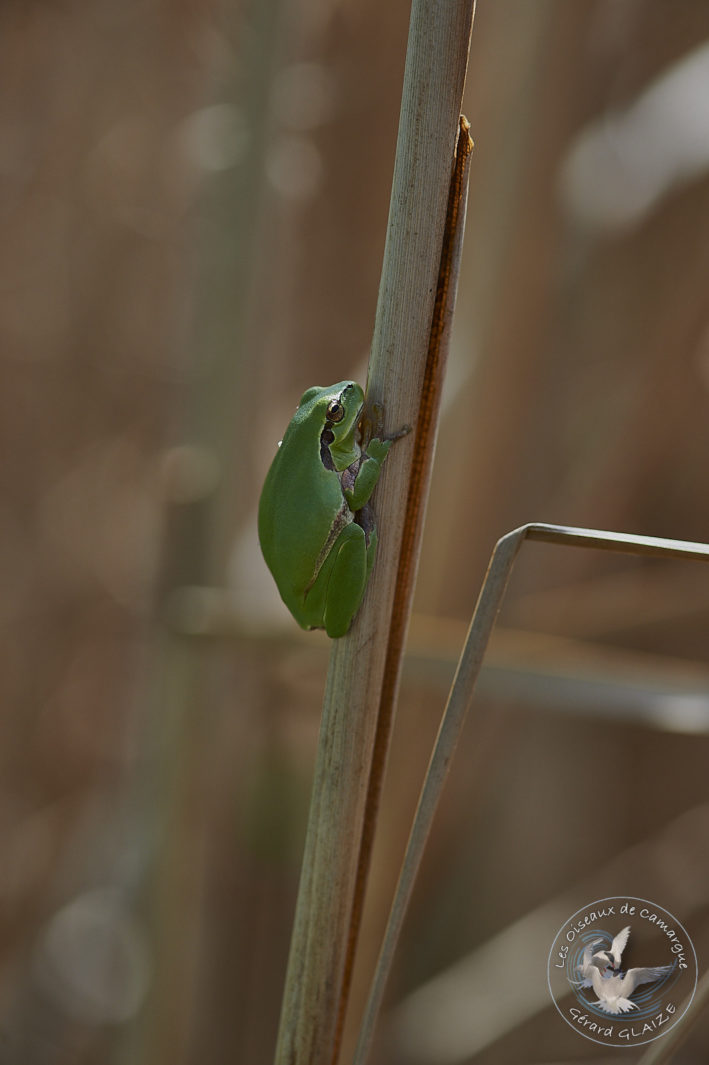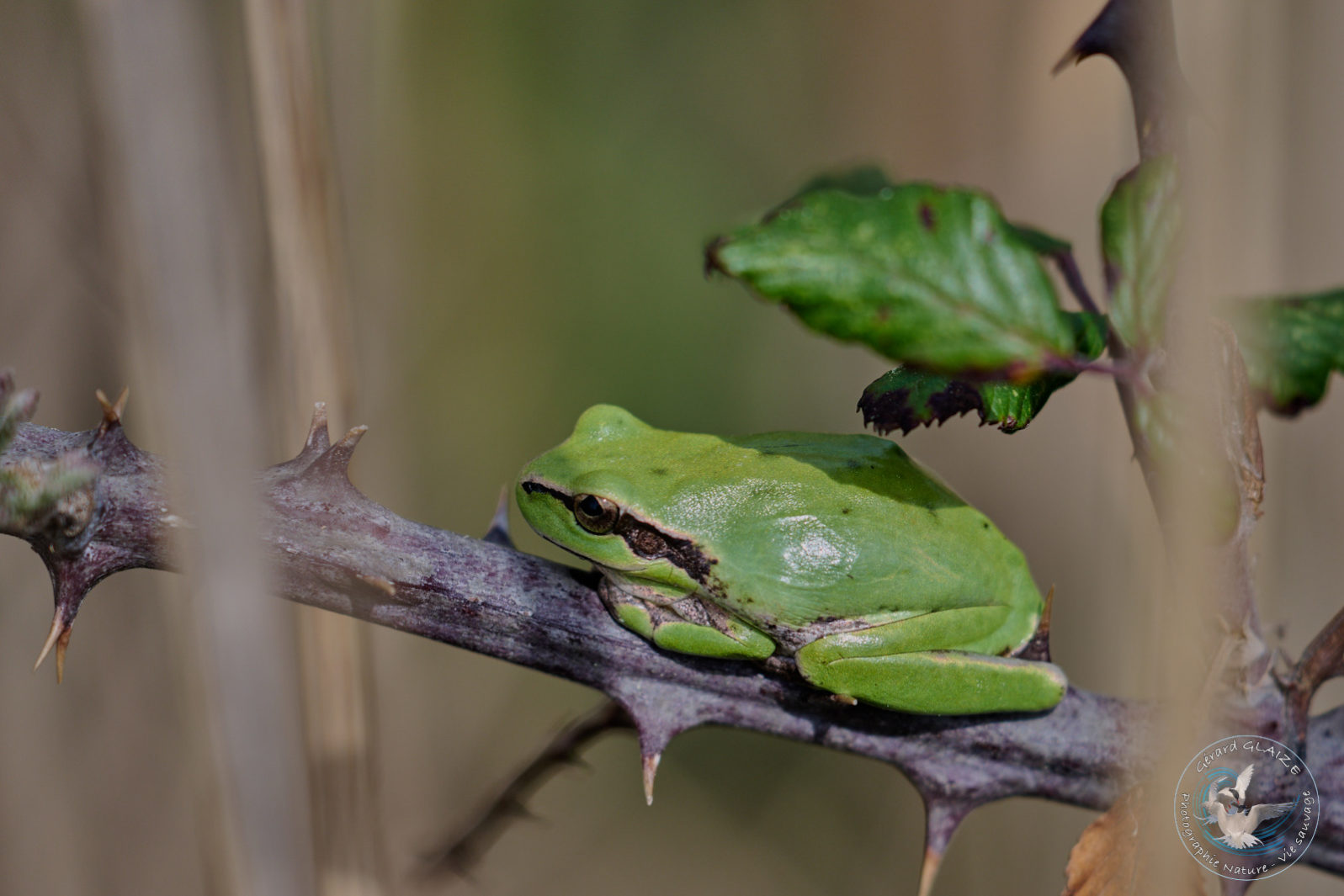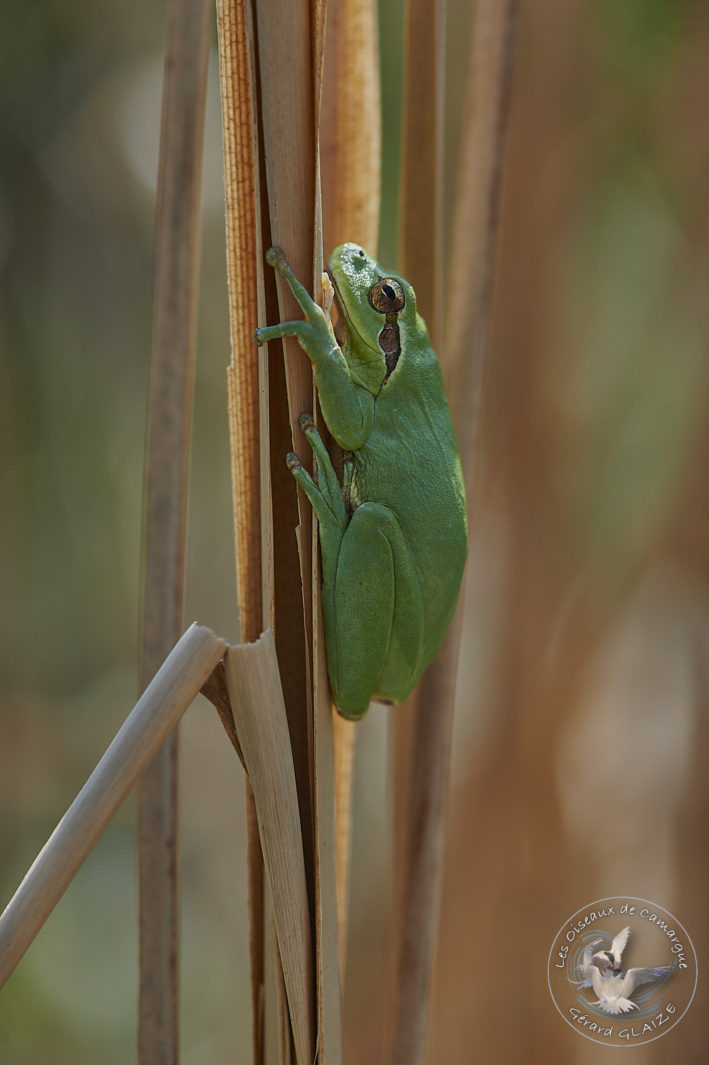The Amphibians
The Amphibians, formerly called batrachians, form a class of tetrapod vertebrates. By their way of life, they are located at the hinge between the aquatic environment and the terrestrial environment.
In the present nature, they are represented by three groups:
- Anurans (without a tail in the adult stage, frogs and toads)
- Urodeles (who keep their tail in adulthood, salamanders and newts)
- and the Gymnophiones (with atrophied legs, apodes)
In addition to their dependence on the aquatic environment, amphibians have bare skin. The larvae breathe using gills. Adults use their lungs, with the exception of a salamander taxon that breathes through their skin.
Amphibians have skin covered in glands and devoid of scales. The glands produce secretions, including toxins. These prevent bacteria and fungi from growing on their skin. These toxins also contain bitter substances intended to repel predators. Creatures don’t breathe with just their lungs. Their very thin skin also allows them to exchange oxygen with the air. A third possibility is the exchange of oxygen through the oral mucous membranes. This is the reason why batrachians are regularly observed performing a rapid movement of the throat from bottom to top. They don’t drink. Fluid absorption also occurs through the skin.
Amphibians have a larval stage and an adult stage, with distinct circulatory systems. In the larva, the circulation is similar to that of a fish. The heart, made up of two compartments, sends blood to the gills where it is oxygenated. Then it crosses the rest of the body and returns to the heart in a single loop. In the adult, these, and in particular the frogs, lose their gills and develop lungs.
Southern tree frog
Scientific name : Hyla meridionalis
Family : Hylidae
Leng. less than 5 cm
Link to the journal’s website “La Salamandre” for more information on Nature.

